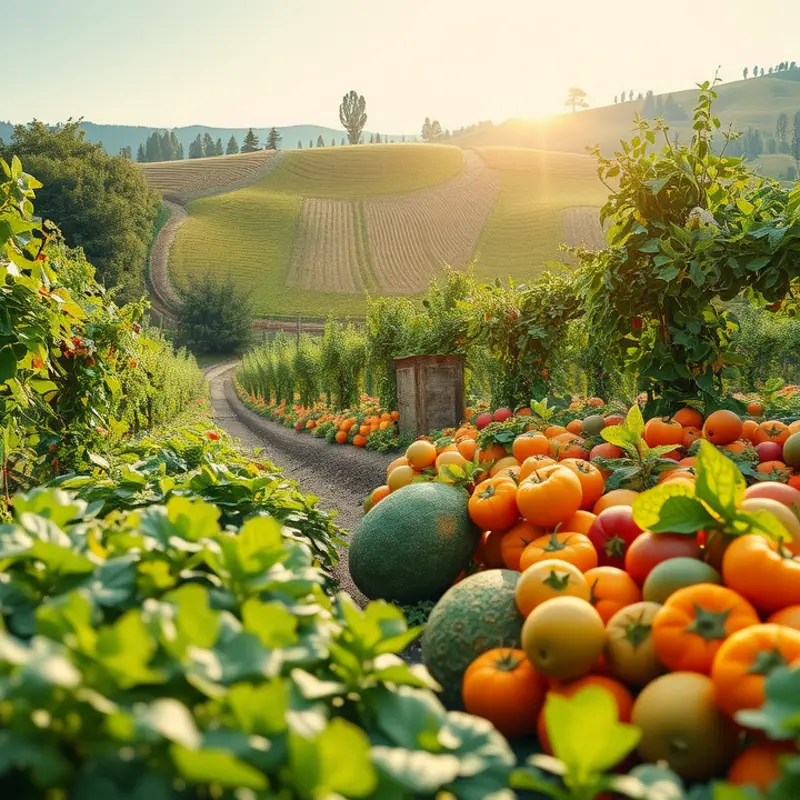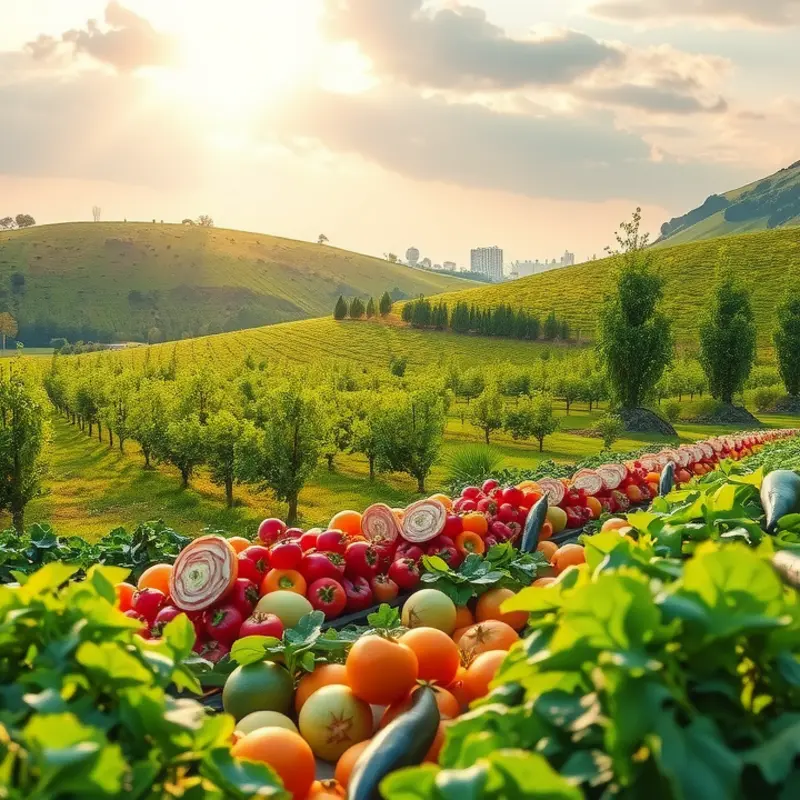Cooking can be both joyful and challenging, especially when multitasking is required. Mastering the art of managing several kitchen tasks at once not only elevates your cooking skills but also enhances the overall experience. Whether you’re a novice or a seasoned home cook, developing effective multitasking strategies allows you to prepare meals more efficiently and creatively. Let’s dive into practical tips that can transform your kitchen into a hub of activity and deliciousness.
Prioritize Tasks: The Art of Planning Your Cook

Mastering the art of kitchen multitasking begins with efficient task prioritization. Before you even light the stove, planning your cooking process can significantly reduce stress and maximize efficiency. Effective meal preparation isn’t just about the recipes; it’s about creating a seamless workflow from start to finish.
One way to start is by analyzing your meal components. Break down your recipes into steps and list them in the order of priority. Identify actions that take the longest, such as marinating or slow cooking. Start with these tasks early to allow them to progress while you handle quicker tasks. Always consider which items can overlap in preparation—for instance, chopping vegetables while a sauce simmers or soaking beans while grains cook.
Another key strategy is to assemble all ingredients before beginning. Having your entire mise en place ready can prevent unnecessary interruptions. As you gather your items, check the pantry for inventory. For tips on efficient storage practices, you might find eco-smart kitchen storage useful.
Furthermore, consider the importance of a well-organized kitchen. Having essential tools within reach speeds up your process, allowing you to move fluidly from one task to the next. Group similar items together, such as spices and oils, making it easier to access them when needed.
Optimizing cooking times can also be achieved by leveraging your appliance settings. Utilize timers to remind you of when to move onto the next step. For example, if you need to simmer something for an exact duration, few things are more efficient than a trusty oven or stovetop timer.
Additionally, it’s advantageous to know when to ask for help. Cooking alongside family or friends can divide tasks without complication. Assign simple tasks like peeling or washing to those less familiar with cooking, ensuring that every stage progresses swiftly.
Set cleanup as a priority as well. Cleaning as you go can drastically lower the time spent afterward, allowing you to enjoy your meal sooner. Keep a separate bowl for bits and scraps for easy disposal and wiping down surfaces while things are cooking keeps your workspace tidy and efficient.
Lastly, incorporate technology into your cooking routine. Using meal planning apps and digital reminders can smoothen your workflow. Keeping digital notes on favored recipes or smartphone timers can ensure everything runs like clockwork.
By mastering the arrangement of your cooking tasks, you amplify not only the enjoyment of cooking but also its efficiency. A well-prioritized kitchen task list transforms cooking from a daunting chore into an engaging, streamlined process.
Simultaneous Cooking: Techniques to Maximize Time

Mastering the art of simultaneous cooking can transform your meal preparation, allowing you to create elaborate meals efficiently and without stress. The key lies in organizing your cooking process, leveraging appliances, and implementing time-saving techniques. Here, we explore some tried-and-true methods to get everything ready to serve simultaneously while ensuring no dish loses its intended flavor or quality.
First, consider the central role of planning and timing. Begin by evaluating the entire menu you intend to prepare, identifying dishes that can be cooked together or require similar preparation steps. Use timers strategically to keep track of cooking stages for multiple dishes. For instance, while a stew simmers, you can roast vegetables as both processes involve relatively hands-off cooking once the initial setup is complete.
Batch cooking is another excellent strategy for multitasking. By preparing large quantities of a base ingredient, such as a grain or protein, in advance, you enable quick assembly of different meals throughout the week. For more ideas on efficient meal preparation, you may find practical ingredient batching here quite insightful.
Utilizing various cooking appliances can further enhance your kitchen efficiency. Ovens, stovetops, microwaves, and slow cookers all have distinct uses that, when combined effectively, minimize idle time. For example, while a dish cooks in the slow cooker, you can utilize the stovetop for sauces or quick sautés. Keeping different cooking zones active ensures that every moment is used wisely.
Maintaining focus amidst this multitasking is crucial. Organization in the kitchen is helpful, so declutter your workspaces and keep essential utensils within reach. Label elements, especially if involving similar ingredients, to prevent mix-ups.
Establishing a clean-as-you-go routine also cannot be overstated. Wiping counters and washing tools immediately after use leaves you with a tidy kitchen by the time your meals are ready, reducing the post-cooking workload.
Finally, maintain flexibility, allowing adjustments to your plan if something doesn’t go as scheduled. Multitasking in cooking is dynamic, requiring you to pivot when necessary to prevent dish overcooking or underseasoning.
Through mastering these techniques, your kitchen can become a symphony of activity, each part working harmoniously with the others. You’ll find your efficiency improves significantly, making meal preparation an enjoyable, rewarding experience rather than a stressful chore.
Final words
Mastering kitchen multitasking is a vital skill that can enhance your efficiency and enjoyment in cooking. By prioritizing your tasks and learning to cook simultaneously, you’ll become more confident and capable in the kitchen. Embrace these practical tips and transform your cooking experience into one that is not only productive but also fun. Remember, every great cook started as a beginner with the willingness to learn and improve. Keep practicing, and soon, multitasking in the kitchen will become second nature.







